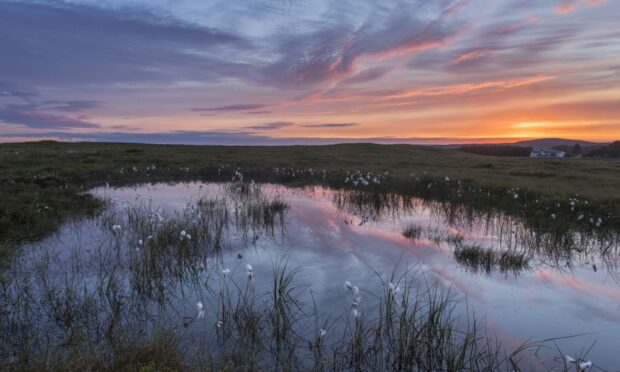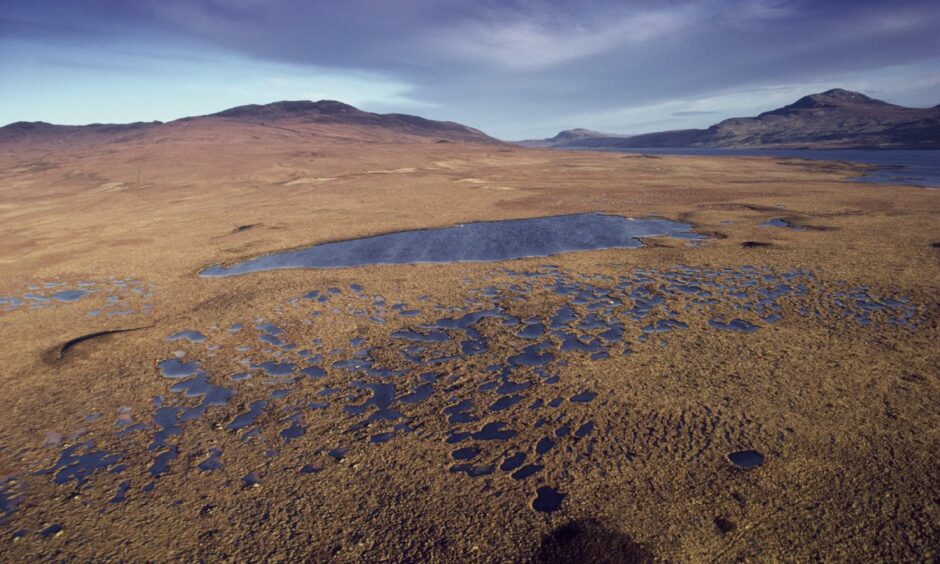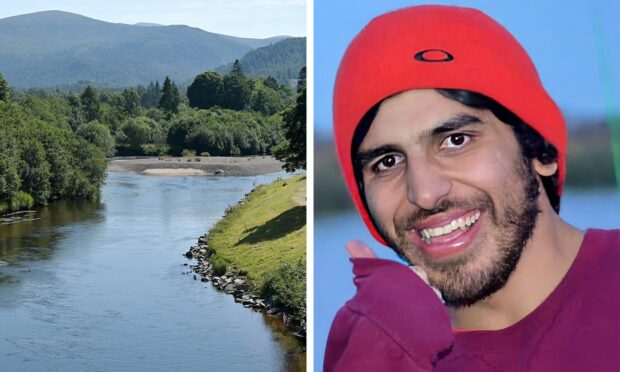It’s been around 10,000 years in the making, but the Flow Country’s time may be coming.
Early in the new year a formal bid will be made to have the renowned area of blanket bog peatland endowed with World Heritage Site status.
If successful, the area straddling Caithness and Sutherland would become the first peatland site on the UNESCO list.
Who is on the list?
Designation would put the Flow Country alongside the likes of the Great Barrier Reef, the Serengeti National Park and the Grand Canyon National Park.
There are 218 sites worldwide inscribed for their natural values.
It would also join the list of 1,154 World Heritage Sites which also includes the Taj Mahal, Statue of Liberty and the sanctuary at Machu Picchu.
The Flow Country would also stand alongside the inscribed sites in Britain such as St Kilda, Stonehenge and the Forth Bridge.
The bid is being submitted by the Flow Country Partnership Project. They have to outline to UNESCO how the World Heritage Site will be looked after if it gets status.
In 2019, the partnership submitted a technical evaluation of the Flow Country to an expert panel assembled by the UK Government.
The following year the panel recommended the area proceed to the next stage of the process and a technical evaluation was also successful.
Following consultations on the proposed boundary and site management plan, the nomination for World Heritage Site status will be made in early January.
Supporters also made the case at COP26 in Glasgow last year.
A decision is expected to be made by mid-2024.
How do you get on the list?
To be included on the World Heritage List, sites must be of outstanding universal value and meet at least one out of ten selection criteria.
Project coordinator Dr Steven Andrews said since the the summer the partnership team has been working on the bid.
“We are hugely grateful to everyone who has provided the team with support, input and feedback over the past year – particularly those among the communities of Caithness and Sutherland who have engaged with such enthusiasm with the project.
“This phase of the process is very close to completion, and we look forward to the submission of all the evidence as part of a single dossier for UNESCO early in the new year.”
The Flow Country’s bogs have been growing for over 10,000 years, ever since the glaciers melted at the end of the last Ice Age, and the peat is now up to 10 metres deep.
The peatlands only became known as the Flow Country in the 1950s. ‘Flow’ is a term for a flat, deep and wet bog, and is from the Old Norse word floi, meaning wet or marshy.
Although it has never had a defined boundary, the area covers about 495,000 acres. It stores more carbon than all the trees in the UK combined.
It is regarded as being significant in helping efforts to tackle climate change and protect biodiversity.
Benefits for communities and visitors
The draft management plan sent for consultation said world heritage status for the Flow Country will “ensure that its world-class blanket bog, associated biodiversity and carbon storage ability is protected and enhanced, that it is an unparalleled and accessible natural resource for education and well-being, and that the status is beneficial both for our vibrant communities and our visitors”.
Designation is also expected to bring widespread benefits to the area and the Highlands generally. It comes at a time when peatlands are under threat globally.
During consultations, a common hope was for an increase in sustainable tourism, along with funding for community projects and environmental protection.
It could also help reverse social issues such as depopulation and lack of job opportunities.
The bid project is funded by Highland Council, NatureScot, RSPB and Wildland Limited.
In September, the move was backed by SNP MP John Nicolson, the party’s shadow secretary of state for digital, culture, media and sport.
He said: “The Flow Country, as well as being an area of outstanding beauty, is especially important for biodiversity and for carbon capture.”
Are you interested in more exclusive and breaking Highland and Islands news from the P&J? If so, why not join our dedicated Facebook page HERE














Conversation